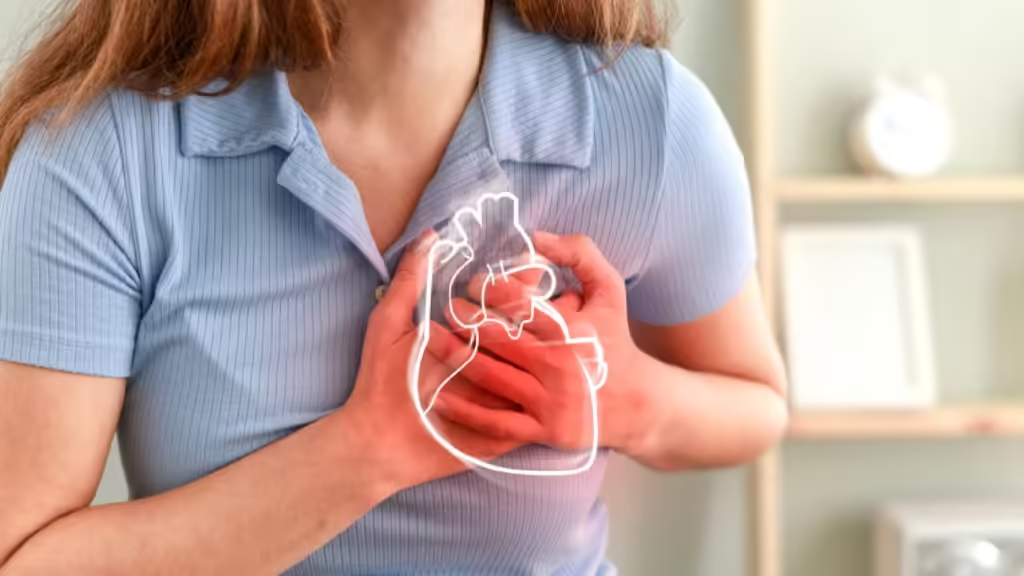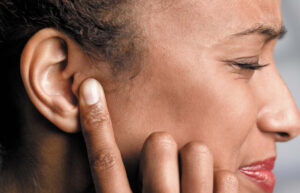Introduction
A heart attack, also known as a myocardial infarction, is a medical emergency that occurs when the blood flow to a part of the heart is blocked for a long enough time that part of the heart muscle is damaged or dies. Recognizing the signs and knowing what to do when you feel a heart attack coming on can be lifesaving. This comprehensive guide will cover the symptoms of a heart attack, immediate actions to take, and preventive measures to reduce the risk of heart attacks.
Recognizing the Symptoms of a Heart Attack
Common Symptoms
- Chest Pain or Discomfort: This is the most common symptom of a heart attack. It may feel like pressure, squeezing, fullness, or pain in the center of your chest. It can last for more than a few minutes or come and go.
- Upper Body Discomfort: Pain or discomfort can also spread beyond the chest to the shoulders, arms, back, neck, jaw, or upper stomach.
- Shortness of Breath: This can occur with or without chest discomfort. It may happen before or during the chest pain.
- Cold Sweat: Breaking out in a cold sweat can be a sign of a heart attack.
- Nausea or Vomiting: These symptoms are more common in women but can also occur in men.
- Lightheadedness or Dizziness: Feeling lightheaded or dizzy can indicate a heart attack, especially when combined with other symptoms.
Symptoms in Women
Women may experience symptoms that are less typical, such as:
- Unusual fatigue
- Sleep disturbances
- Anxiety
- Indigestion or gas-like pain
Immediate Actions to Take
1. Call Emergency Services
Dial 911 or your local emergency number immediately. Do not attempt to drive yourself to the hospital unless you have no other option. Emergency medical services (EMS) can start treatment en route to the hospital, which can be crucial for survival.
2. Chew and Swallow Aspirin
If you do not have an allergy or other contraindications, chew and swallow an aspirin while waiting for emergency services. Aspirin can help reduce heart damage by inhibiting platelets that contribute to blood clotting.
3. Stay Calm and Rest
Try to stay calm and sit or lie down while waiting for help. This can reduce the strain on your heart.
4. Take Nitroglycerin (if prescribed)
If your doctor has prescribed nitroglycerin and you suspect a heart attack, take it as directed. This medication can help relieve chest pain.
5. Perform CPR (if necessary)
If someone around you collapses and is unresponsive, perform CPR. Push hard and fast in the center of the chest, allowing for full recoil between compressions. If you are trained, provide rescue breaths after every 30 compressions.
Preventive Measures
1. Maintain a Healthy Diet
A heart-healthy diet includes:
- Fruits and vegetables
- Whole grains
- Lean proteins such as fish and poultry
- Nuts and seeds
- Limiting saturated fats, trans fats, cholesterol, sodium, and added sugars
2. Regular Exercise
Aim for at least 150 minutes of moderate-intensity exercise per week, such as brisk walking, or 75 minutes of vigorous exercise, like running.
3. Avoid Smoking
Smoking is a major risk factor for heart disease. Quitting smoking can significantly reduce your risk of a heart attack.
4. Control Blood Pressure and Cholesterol
Regularly monitor your blood pressure and cholesterol levels. Take prescribed medications as directed and make lifestyle changes to keep these numbers in a healthy range.
5. Manage Stress
Chronic stress can contribute to heart disease. Practice stress-reducing techniques such as meditation, yoga, deep breathing exercises, or hobbies you enjoy.
6. Limit Alcohol Intake
Moderate alcohol consumption, which means up to one drink per day for women and up to two drinks per day for men, can be part of a heart-healthy lifestyle.
7. Maintain a Healthy Weight
Excess weight increases the strain on your heart and can lead to conditions that increase your heart attack risk, such as high blood pressure, high cholesterol, and diabetes.
8. Get Regular Checkups
Regular medical checkups can help detect and manage risk factors such as high blood pressure, high cholesterol, and diabetes.
Understanding Risk Factors
Non-Modifiable Risk Factors
- Age: Risk increases with age.
- Gender: Men have a higher risk at a younger age, but the risk for women increases and can surpass men’s after menopause.
- Family History: A family history of heart disease can increase your risk.
- Ethnicity: Certain ethnic groups are at higher risk.
Modifiable Risk Factors
- Smoking
- High Blood Pressure
- High Cholesterol
- Diabetes
- Obesity
- Physical Inactivity
- Unhealthy Diet
- Excessive Alcohol Consumption
- Stress
Conclusion
A heart attack is a life-threatening emergency that requires immediate action. Recognizing the symptoms, knowing what to do, and taking preventive measures can save lives. By understanding the risk factors and maintaining a heart-healthy lifestyle, you can significantly reduce your risk of experiencing a heart attack. Regular checkups and being proactive about your health are crucial steps in preventing heart disease. Remember, if you or someone you know experiences symptoms of a heart attack, call emergency services immediately.
















